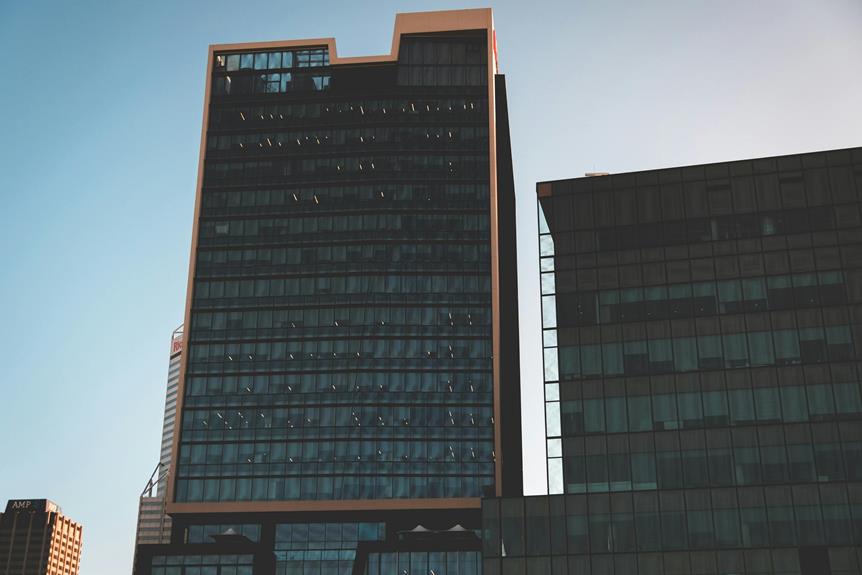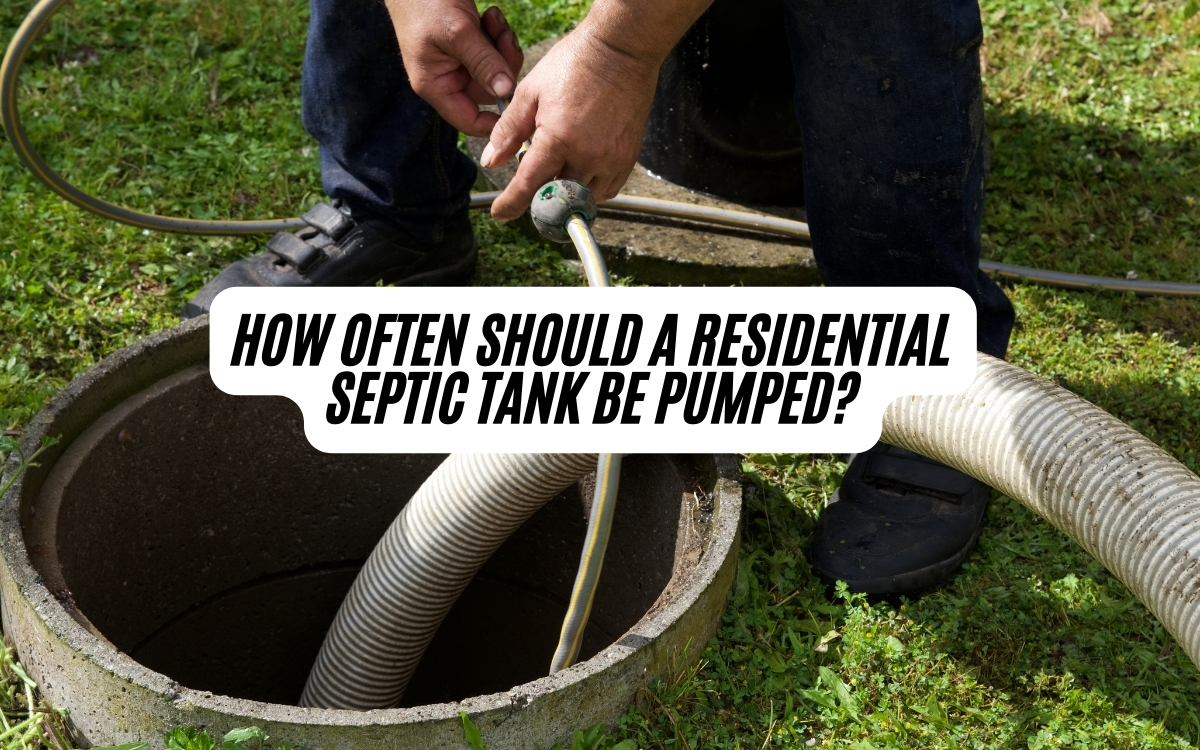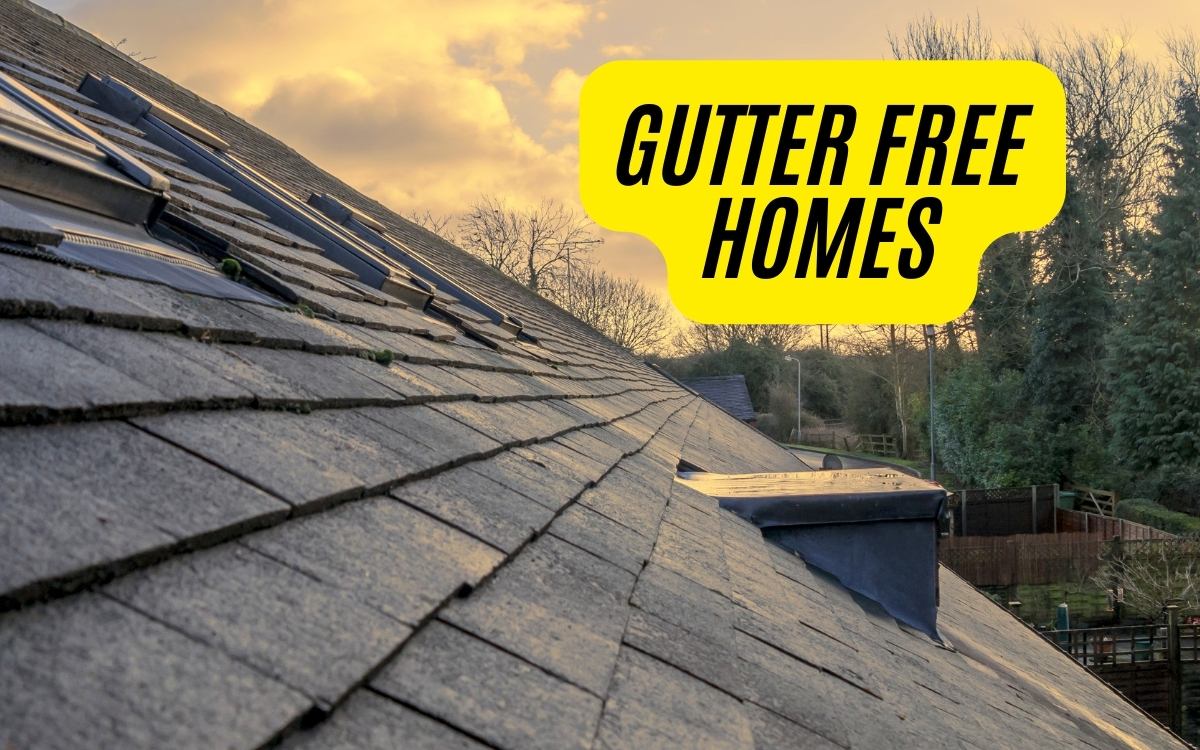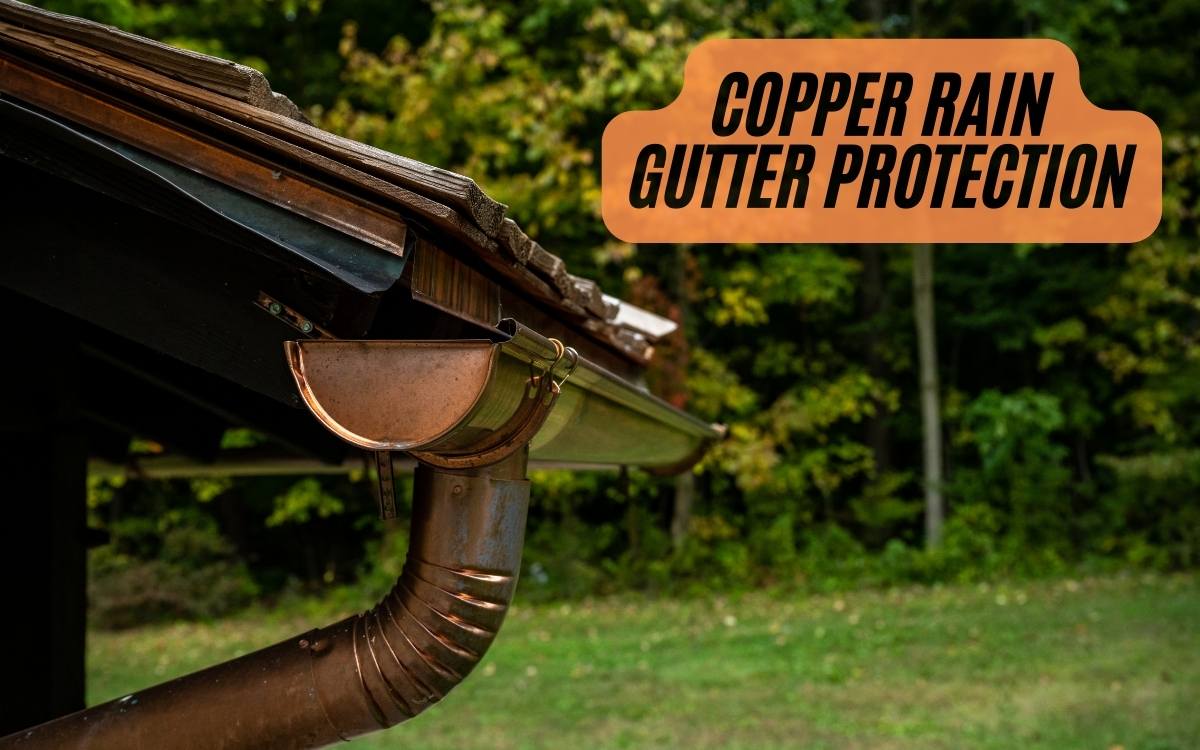STUCCO SHOWDOWN: EIFS Takes on Tradition
When it comes to exterior finishing systems, builders and homeowners are often faced with a pivotal decision: traditional stucco or Exterior Insulation and Finish System (EIFS), each with its unique composition, characteristics, and advantages. Traditional stucco boasts affordability, fast curing time, and ease of installation and repair, while EIFS offers superior insulation properties, flexibility, and a wider range of colors and textures. Understanding the differences between these two options is essential for informed decisions. As you navigate this complex choice, consider the trade-offs between cost, durability, and aesthetics, and discover how to make the best decision for your next project.
Traditional Stucco Vs EIFS
The debate between traditional stucco and EIFS (External Insulation and Finishing System) has been ongoing in the construction industry, with each option offering distinct advantages and characteristics.
Traditional stucco, composed of natural materials like cement, sand, and limestone, consists of a weather barrier, galvanized steel lath, and coats.
EIFS, made from synthetic materials, provides better insulation properties and consists of a rigid foam insulation board, nylon fiber mesh, and a base coat.
Understanding the composition of these exterior finishing systems is vital in making informed decisions for construction projects.
Weighing the Advantages
When evaluating exterior finishing systems, it is vital to weigh the advantages of traditional stucco and EIFS to make an informed decision.
Both options have unique benefits that cater to different needs and preferences.
- EIFS offers superior insulation properties, flexibility, and a lower impact resistance, making it an attractive choice for energy-conscious builders and homeowners.
- Traditional stucco boasts affordability, fast curing time, and ease of installation and repair, making it a popular choice for construction projects.
- Both options provide a durable and attractive exterior finish, with EIFS offering a wider range of colors, textures, and finishes, and traditional stucco providing a more natural, breathable solution.
Installation and Cost Comparison
Three key factors to ponder when deciding between traditional stucco and EIFS are labor requirements, material costs, and installation timelines.
EIFS installation demands specialized labor and equipment, increasing its cost. In contrast, stucco installation is more labor-intensive, but materials are relatively inexpensive. EIFS costs around $3 to $6 per square foot, while stucco costs around $2 to $5 per square foot.
Particularly, EIFS installation is generally faster than stucco installation. Considering these factors, builders and homeowners must weigh the trade-offs between cost, labor, and installation time to determine which option best suits their project needs and budget.
Durability and Performance
As builders and homeowners weigh the costs and installation timelines of traditional stucco and EIFS, they must also consider the long-term implications of their choice on the durability and performance of their building or home.
A vital aspect of this decision is understanding how each material will withstand the test of time and environmental factors.
- EIFS has a lifespan of around 20 to 30 years, while stucco can last up to 50 years.
- EIFS provides excellent thermal insulation, reducing energy costs, with an R-value of around R-4 to R-6 per inch.
- Stucco is more durable and resistant to weathering, but can crack over time.
Design and Aesthetic Options
How do builders and homeowners balance functionality with visual appeal when choosing between traditional stucco and EIFS?
The answer lies in the design and aesthetic options each material offers.
EIFS provides a wide range of colors, textures, and finishes, allowing for limitless creativity and flexibility. It can be molded to create complex shapes and designs, making it an ideal choice for modern and contemporary architecture.
Traditional stucco, on the other hand, offers a more limited color palette but can be finished in various textures. Its rustic charm and Mediterranean flair make it a popular choice for traditional and classic designs.
Ultimately, the choice between EIFS and stucco comes down to personal preference and the desired aesthetic.
Frequently Asked Questions
Can EIFS Be Installed Over Existing Stucco Surfaces?
Yes, EIFS can be installed over existing stucco surfaces, but it's vital to guarantee the stucco is properly prepared, clean, and dry to create a strong bond between the old and new materials, and to avoid potential water damage or delamination issues.
Are There Any Environmental Benefits to Using Traditional Stucco?
Traditional stucco's natural composition and breathability offer environmental benefits, reducing the carbon footprint of construction projects and promoting a healthier indoor climate by allowing moisture to escape, thereby minimizing mold growth and structural damage.
Can Stucco Be Used on Non-Traditional Surfaces Like Metal or Plastic?
Traditional stucco can be adapted for non-traditional surfaces like metal or plastic, but it requires specialized preparation and application techniques to guarantee a durable bond, such as using polymer-modified stucco or specialized adhesives.
How Do You Address Cracks in EIFS Versus Traditional Stucco?
When addressing cracks in EIFS versus traditional stucco, imperative to identify the source of the crack and assess the extent of the damage. For EIFS, inspect the area for water damage and repair the acrylic coating, whereas for traditional stucco, assess the underlying structure and repair or replace the affected area.
Can EIFS Be Repaired or Replaced if Damaged?
EIFS can be repaired or replaced if damaged, albeit with specialized labor and equipment, whereas traditional stucco repairs often require less expertise, making EIFS repairs more costly, but still a viable option for maintaining the integrity of the exterior finish.



